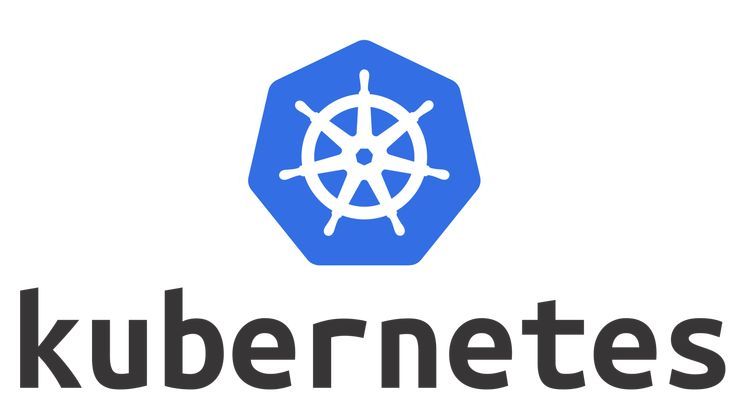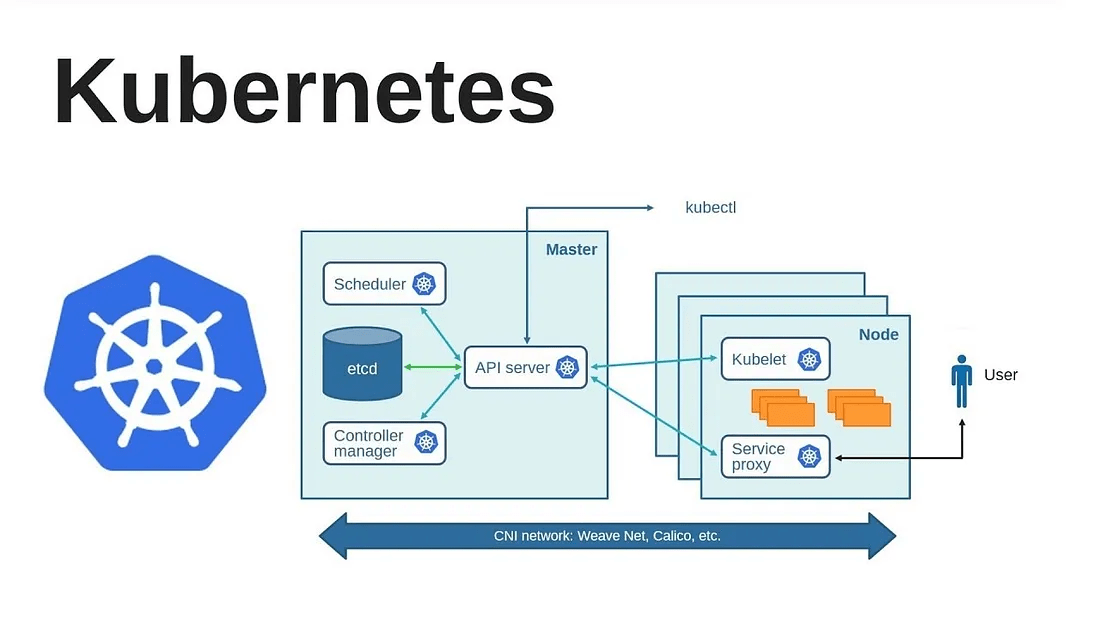☸️ Kubernetes Architecture – A Beginner-Friendly Guide
 Apurva Gargote
Apurva Gargote
📌 What is Kubernetes?
Kubernetes (K8s) is an open-source platform that automates the deployment, scaling, and management of containerized applications.
It helps developers and DevOps teams run applications efficiently across multiple environments on-premise or in the cloud.
🔹 Quick Facts about Kubernetes
✅ Developed by Google and later donated to the Cloud Native Computing Foundation (CNCF).
✅ Inspired by Google’s internal cluster management system, Borg.
✅ Why "K8s"? The 8 represents the number of letters between K and s in Kubernetes → K8s.
🎯 Why Use Kubernetes? (Key Benefits)
✅ Automated Scaling – Adjusts the number of running containers based on traffic.
✅ Self-Healing – Restarts failed containers, replaces them, and reschedules on healthy nodes.
✅ Load Balancing – Distributes traffic evenly across containers.
✅ Service Discovery – Helps services find and communicate with each other.
✅ Declarative Configuration – Uses YAML/JSON files to define infrastructure.
✅ Multi-Cloud Support – Works on AWS, Azure, GCP, or on-premises.

🏗 Kubernetes Architecture
Kubernetes follows a Master-Worker Node Architecture, where the Control Plane(Master) manages the Worker Nodes.
📌 Main Components
1] Control Plane (Master Node) – The "Brain" of Kubernetes
Manages the overall cluster.
Ensures workloads run where needed.
Main Responsibilities
✅ Schedules workloads on worker nodes.
✅ Handles cluster-wide decisions.
✅ Manages communication between components.
2] Worker Nodes – The Machines Running Applications
- Handle the actual execution of applications.
3] kubectl – The Command-Line Tool
Used to interact with Kubernetes.
Sends instructions to the API Server.
🖥 Control Plane Components
Manages the entire cluster, ensuring apps run as expected.
🔹 API Server 🌐 – The entry point for all requests, like a city hall processing permits.
🔹 Scheduler 📝 – Assigns workloads (pods) to worker nodes, like a dispatcher.
🔹 Controller Manager ⚙️ – Watches over the cluster, fixing issues automatically.
🔹 etcd 🛢 – The memory, storing all cluster configurations.
🏗 Worker Nodes (The Workforce 💪)
These are the machines where actual applications run.
🔹 Kubelet 🔹 – Ensures containers run properly, like a site supervisor.
🔹 Kube Proxy 🔹 – Handles networking, ensuring smooth communication.
🔹 CNI 🌍 – Manages IP addresses and connections between pods.
🎮 kubectl (Command-Line Interface)
Installed on the user's machine.
Interacts with the API Server to manage Kubernetes clusters.
Common commands:
🔹kubectl apply– Deploy apps
🔹kubectl get pods– View running applications
🔹kubectl delete– Remove applications
🔄 Difference Between kubectl and kubelet
| Feature | kubectl 🖥 (Command Tool) | kubelet 🔗 (Worker Agent) |
| Definition | CLI tool to interact with the cluster. | An agent running on worker nodes. |
| Role | Sends commands to the API Server. | Ensures containers are running. |
| Location | Installed on a user's machine. | Runs on each worker node. |
| Usage | Used for deploying, inspecting, and managing apps. | Communicates with the Control Plane. |
🌐 The Role of the API Server
The API Server is the heart of Kubernetes. It serves as the main gateway for all communication inside the cluster.
📌 What Does the API Server Do?
✅ Accepts requests from kubectl, UI, or other tools.
✅ Validates and processes those requests.
✅ Stores cluster configurations in etcd.
✅ Acts as the single source of truth for the cluster.
Subscribe to my newsletter
Read articles from Apurva Gargote directly inside your inbox. Subscribe to the newsletter, and don't miss out.
Written by

Apurva Gargote
Apurva Gargote
👨💻 Last-year student diving deep into DevOps, Cloud Engineering, and Infrastructure Automation. Passionate about building scalable, efficient, and secure systems. Let’s connect and build something amazing! 🚀